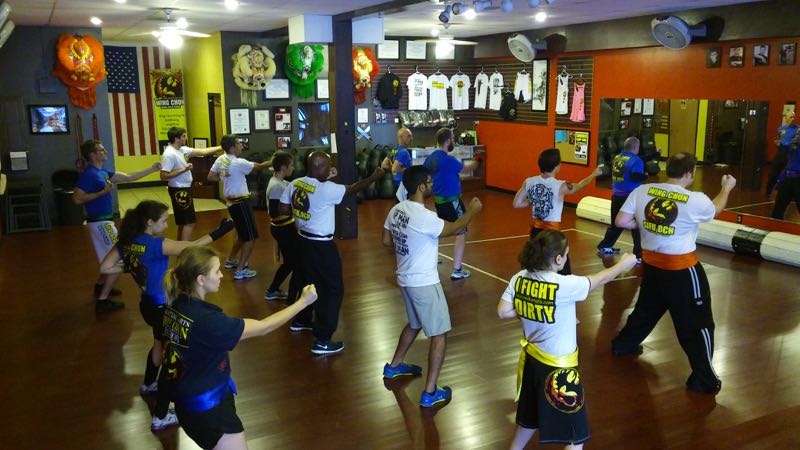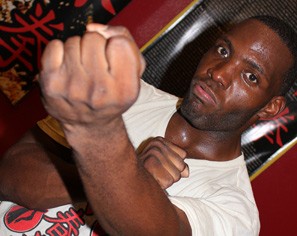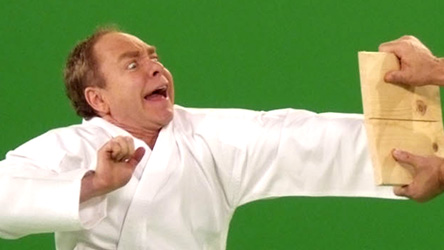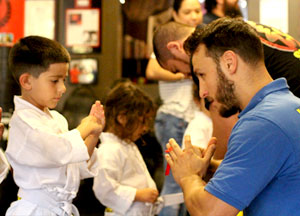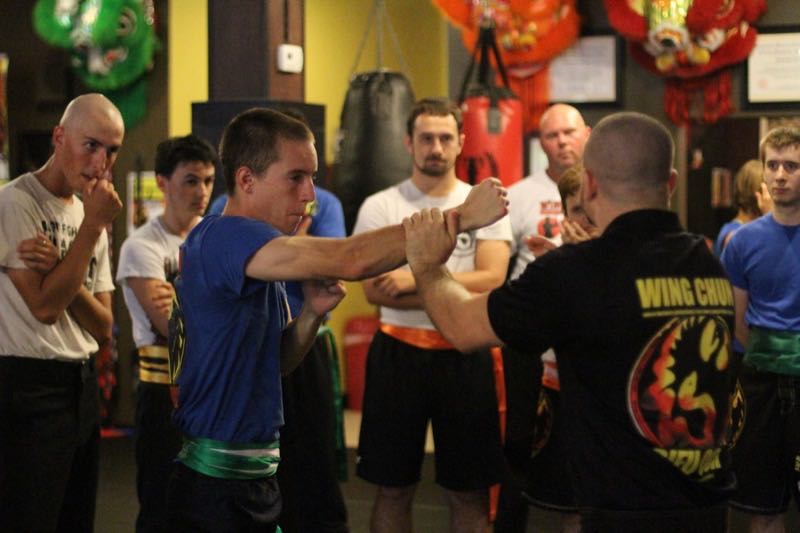The form, or kata, is present in almost every possible martial art. Each art will, however, vary in how much emphasis and time it spends working on these forms. Some martial arts incorporate them, but do not place much emphasis on perfecting them; while others will spend a great deal of their time working on mastering all their forms. Either way, forms are an essential part of martial arts – yet an often underappreciated one. We will explain Importance of Martial Art Forms here.
What is a kata?
 “Kata” is a Japanese word that literally translates into “form” in English. At its core a form is simply a sequence of martial art techniques, or one side of a choreographed fight. The main goal of a form is to preserve and drill techniques for new and future generations of practitioners. The idea is that you learn a multitude of skills while executing your art’s blocks and strikes. These blocks and strikes then become your muscle memory and are much easier to execute in a sparring or fighting scenario.
“Kata” is a Japanese word that literally translates into “form” in English. At its core a form is simply a sequence of martial art techniques, or one side of a choreographed fight. The main goal of a form is to preserve and drill techniques for new and future generations of practitioners. The idea is that you learn a multitude of skills while executing your art’s blocks and strikes. These blocks and strikes then become your muscle memory and are much easier to execute in a sparring or fighting scenario.
When is it used?
Present day forms are often used in demonstrations and competitions. For competitions, judges will score on a ten point scale that is usually given after all competitors have demonstrated their form. That way they can compare competitors against each other and score them accordingly. In days past, forms were used as military drills or as a sign of defiance towards the government. The forms were sometimes used with weapons and empty hand to drill fighting techniques in soldiers. While in other areas, the form was done after a long day of enslavement to show slave drivers that they could not break their spirit.
What skills do we gain from forms?
Practicing forms has the opportunity to offer many benefits. The most obvious being the learning and drilling of a new technique or sequence. One must do forms repeatedly, giving the practitioner ample time to work on mastering the skill. Some forms are more focused on centering the mind of the practitioner and preparing them for the class they are about to enjoy. These forms will appear more meditative and will warm up the necessary muscles for class.
Enhancement of overall martial art skill
There is also a subset of skills that practicing forms enhances in any martial artist. This includes power, breath control, focus, precision, and muscle memory. Power comes through the repetition and learning how to add torque and core strength behind your strikes. Breath control is another, often forgotten, aspect of both power and focus. Proper breathing during forms allows one to channel more energy behind their strikes as well as focus their attention on the one hit.
Precision of technique occurs in the practitioner through repetition. The more repetition, the more precise the movements become. Likewise the muscle memory gained through practicing forms allows for techniques to become more natural and automatic. So that when needed, the body has no problem executing the technique. It becomes much more likely that you will be able to use the moves with a split seconds warning.
Though many of these skills are often taught verbally, like most aspects of martial arts, you have to practice to make the art your own. Practicing forms is important because it gives the artist time to work through their martial art and learn new things along the way. Forms preserve history and teach us lessons long past, learned from those that came before us. The next time you practice your form, ask yourself: am I just going through the motions, or am I really getting all that I can from this form?

